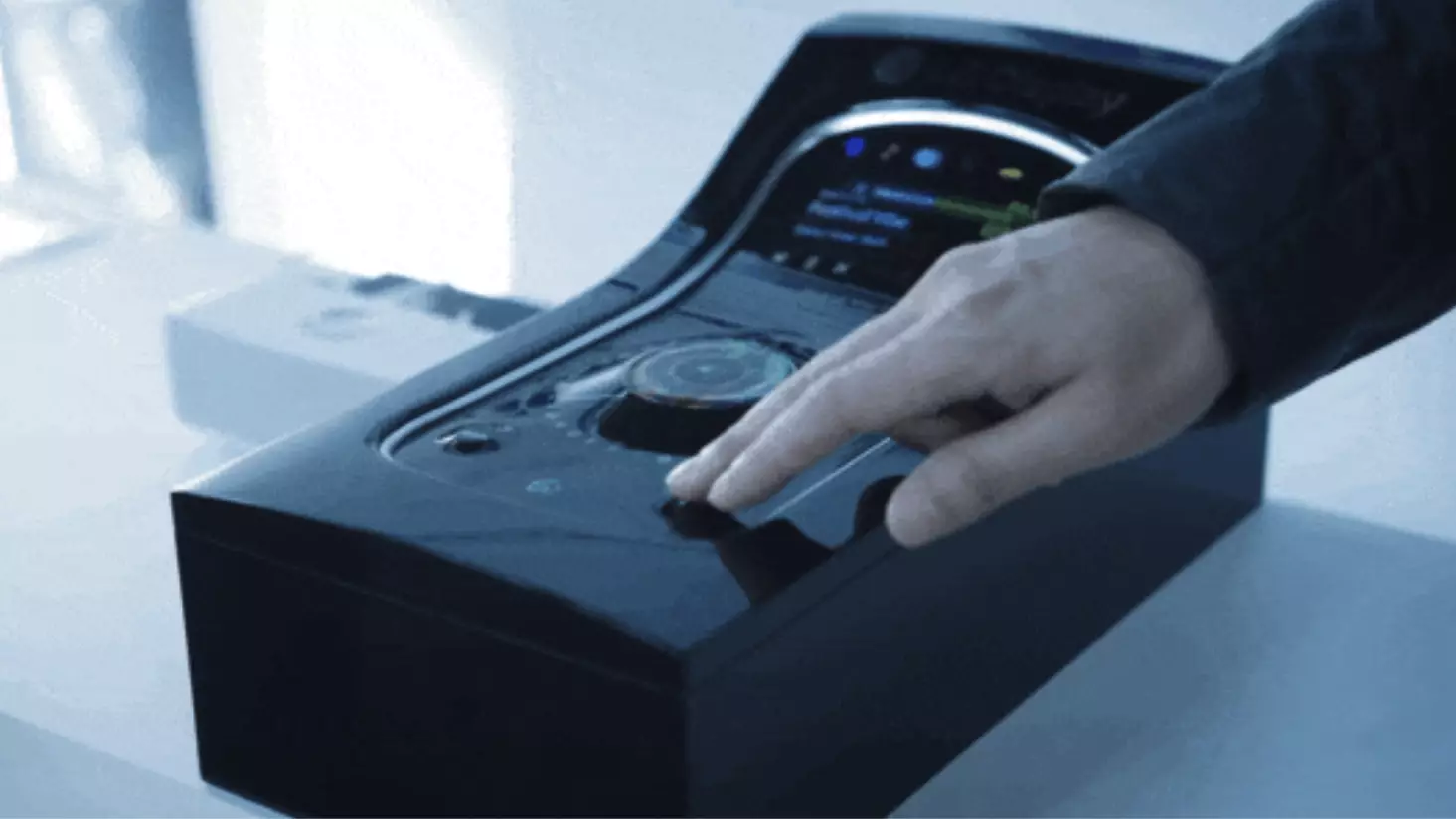The realm of display technology has witnessed remarkable advancement, from flat screens to those that bend and fold. The latest innovation on the horizon is the stretchable OLED panel, introduced by LG. This next-generation display has the potential to transform not only how we interact with technology in vehicles but also in various everyday applications. Imagine a world where the surfaces of dashboards morph dynamically to provide both visual displays and tactile feedback. This intriguing evolution not only enhances aesthetics but also aims to optimize user experience, promising to redefine our relationship with screens.
Breaking Down the Stretchable OLED Technology
LG’s stretchable OLED panel boasts the ability to extend by up to 50% without compromising pixel quality, maintaining a pixel density of 100 DPI. While the specific native pixel density hasn’t been disclosed, it’s reasonable to speculate that it exceeds 100 DPI, allowing for flawless resolution when not stretched. This remarkable capability enables a fusion of visual and physical interfaces, which is particularly impactful in automotive settings where touchscreen controls have often been criticized for detracting from driver safety.
By adopting this stretchable technology, LG offers a superior alternative to conventional vehicle control setups. Instead of having separate displays and physical buttons, the panel converts standard surfaces into an integrated experience, where controls can expand and retract based on user interaction. This adaptability could significantly mitigate the challenges associated with touchscreen interfaces, particularly for drivers who need to navigate controls without taking their eyes off the road.
Touchscreen versus Physical Controls: The Ongoing Debate
The automotive industry is grappling with a pivotal issue: balancing the sleek convenience of touchscreens with the tangible feedback of physical buttons. Critics have voiced significant concerns regarding the reliance on touchscreens, particularly in models like those from Tesla and Volvo, where controls for crucial functions like climate and audio are often solely reliant on visual cues. While the aesthetics of a streamlined, touchscreen-centered dashboard appeal to modern sensibilities, they create a disconnect when it comes to safe and intuitive vehicle operation.
LG’s stretchable OLED technology represents a promising compromise in this ongoing debate. By allowing users to designate frequently used controls that can physically extend from the surface of the display, drivers may find a more manageable way to operate their vehicles while keeping their eyes on the road. The tactile nature of these virtual buttons can provide the reassurance and safety that traditional controls have offered for decades—a quality that technology must never overlook.
Applications Beyond the Automotive Industry
The possibilities for stretchable OLED displays extend far beyond automotive usage. Their potential applications range from consumer electronics to fashion and even interior design. Picture a smart clothing option where your shirt can display messages or patterns that adapt over time—a living canvas of sorts. Alternatively, consider their use in home decor, where walls could transform their appearance dynamically based on mood or occasion.
Moreover, stretchable displays could redefine how we interact with gaming consoles. Gaming systems could leverage this technology to create immersive environments that adjust visually and physically within the context of gameplay. For instance, a control panel for a spaceship could literally rise and fall from a wall-mounted display, enhancing both engagement and realism. The flexibility of these screens leads us to a tantalizing future full of creative possibilities, inviting designers, engineers, and storytellers alike to explore uncharted territories.
Challenges and Future of Stretchable Displays
While the excitement surrounding stretchable OLED technology is palpable, it is essential to recognize the challenges that lie ahead. The longevity and durability of such displays will be critical factors. Manufacturers must ensure that these flexible panels maintain integrity and functionality over extended periods, particularly in environments like vehicles that experience high degrees of wear and tear.
As we stand on the cusp of a new era in display technology, the successful integration of stretchable OLED screens will require collaboration between various industries, from automotive to consumer electronics. The path forward might be fraught with hurdles, but the straight-up potential of stretchable screens is unparalleled. If embraced correctly, these displays could lead us into an era where technology is not just functional but also fluidly interactive, adapting to better serve us in ways we’ve yet to fully imagine. As innovators continue to push boundaries, one can only wonder what incredible interactions the future holds.

